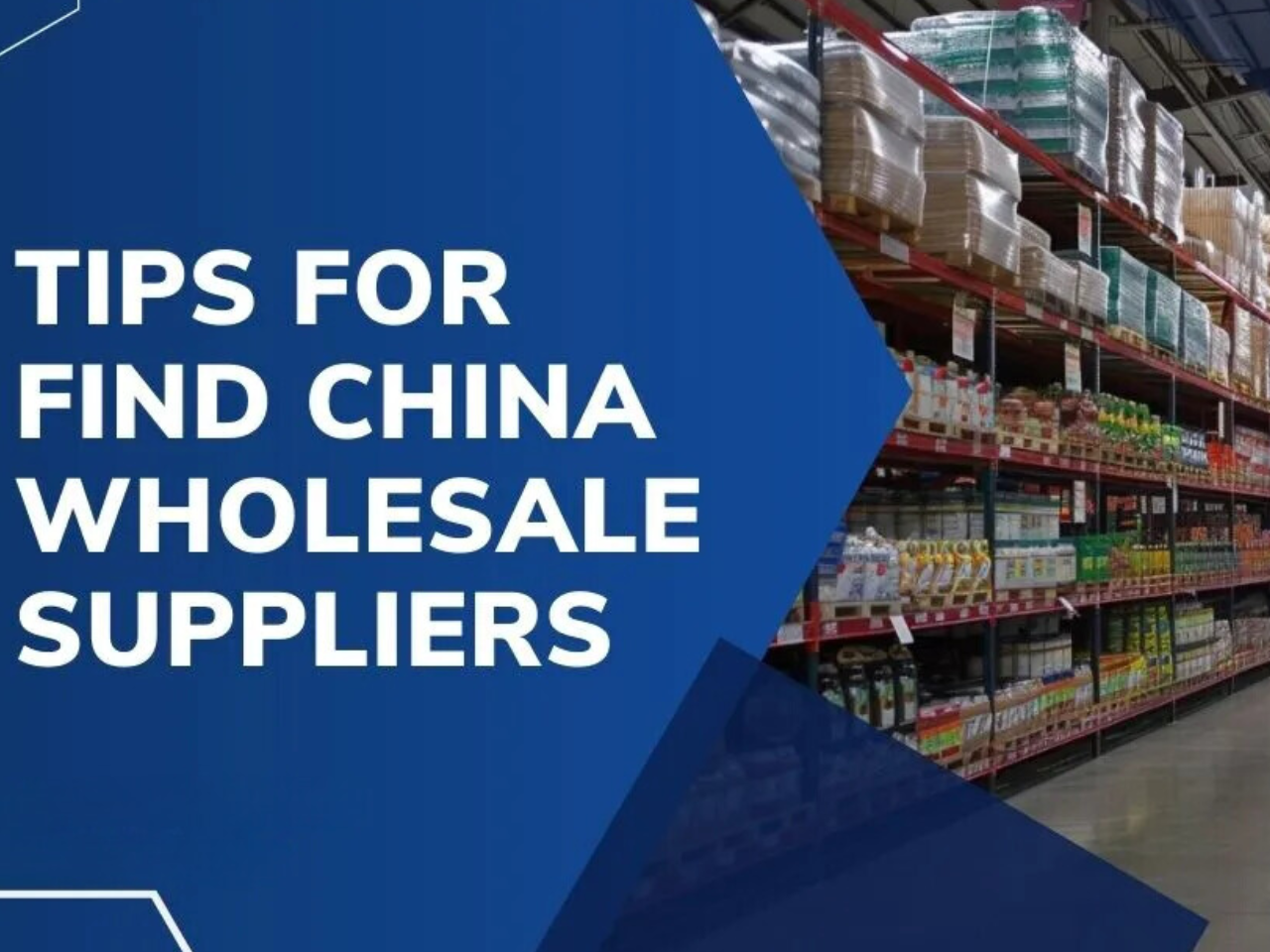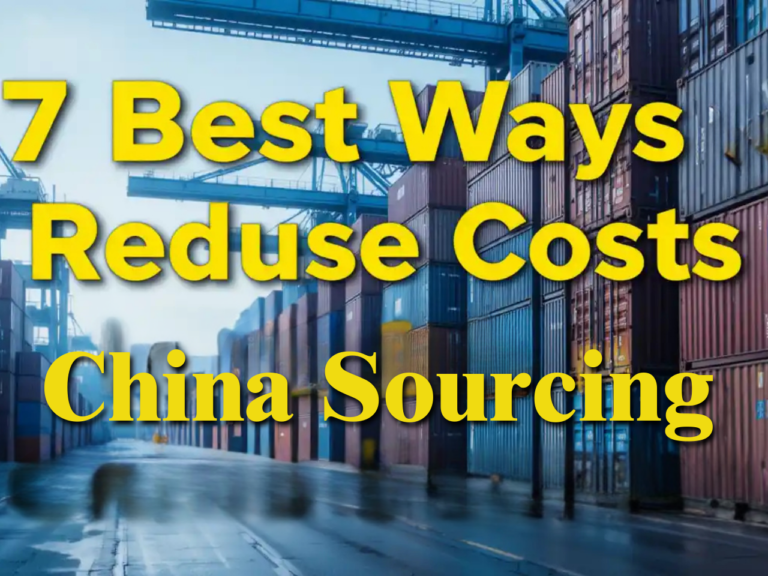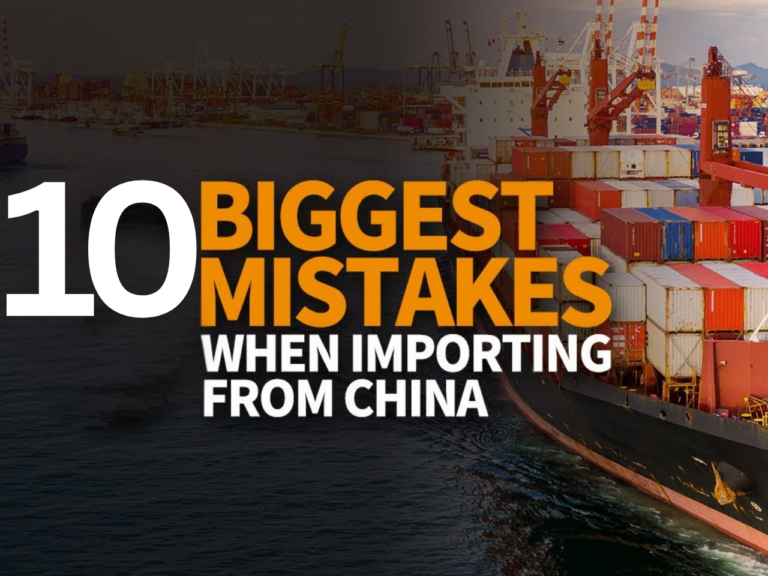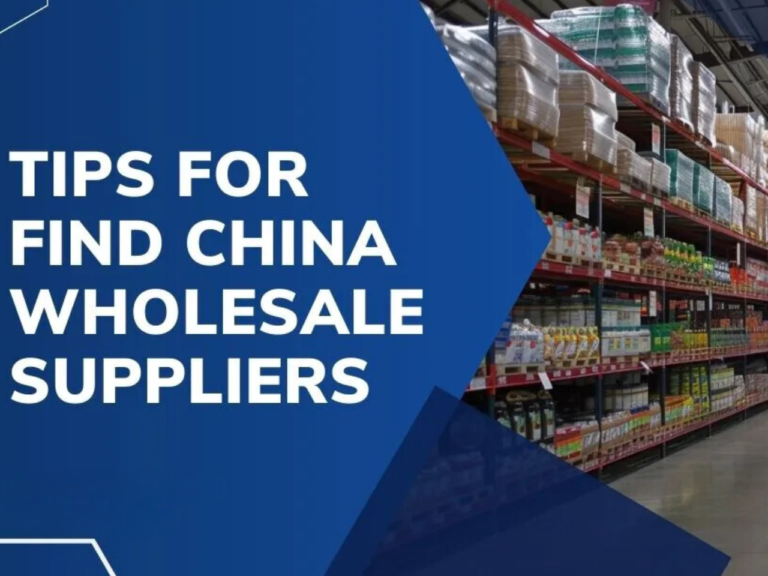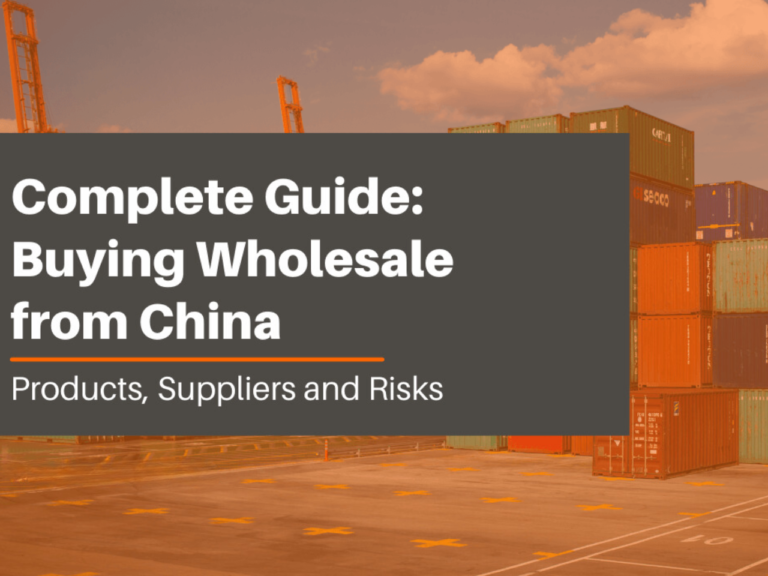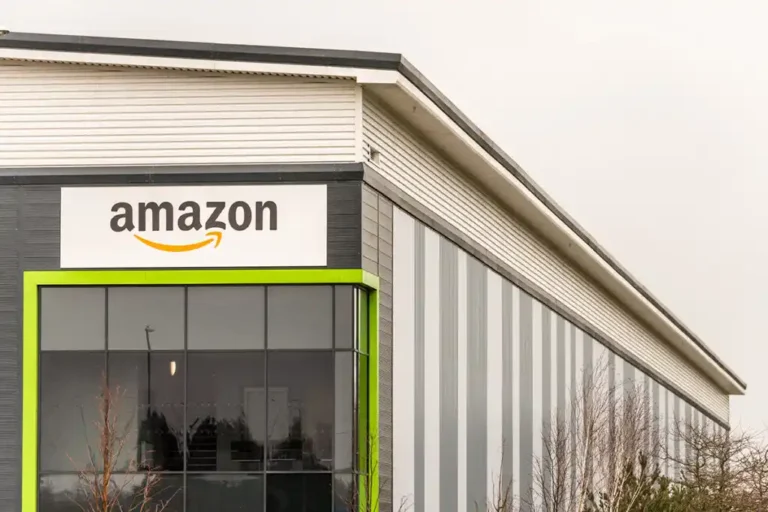If you’re planning to source products from China, finding a reliable manufacturer or supplier is the most crucial step. With so many options available, making the right choice can be overwhelming. However, by following the right strategies, you can ensure high-quality products, competitive pricing, and smooth business operations. Here are 10 effective ways to find the best manufacturers and suppliers in China.
1. Use B2B Marketplaces Like Alibaba, Global Sources, and 1688
The easiest way to start is by exploring popular B2B sourcing platforms:
- Alibaba – One of the largest international marketplaces where you can connect with manufacturers and trading companies.
- Global Sources – Known for verified suppliers and quality-focused manufacturers.
- 1688 – A Chinese-language platform that offers cheaper prices but requires a local agent to communicate effectively.
Each platform has its pros and cons, so it’s important to compare suppliers and verify their legitimacy before placing any orders.
2. Verify Supplier Credentials and Certifications
Not every supplier is genuine, and working with the wrong one can lead to delays, low-quality products, or even scams. To verify suppliers:
- Check the company registration details.
- Ask for business licenses and factory certificates.
- Look for the Gold Supplier or Verified Manufacturer badge on sourcing platforms.
- Read our guide on How to Verify a Chinese Supplier to ensure you’re dealing with a legitimate company.
3. Read Reviews and Ask for References
Customer feedback plays a key role in evaluating a supplier’s reliability. You should:
- Check ratings and testimonials on Alibaba and Global Sources.
- Ask for references from past clients to verify quality and service history.
- Read our detailed article on Avoiding Supplier Scams in China for additional precautions.
4. Use Third-Party Inspection Services
To avoid receiving defective or low-quality products, always use third-party inspection services such as:
- SGS – A globally recognized company specializing in product inspections.
- Bureau Veritas – Offers factory audits and quality control services.
- Asia Inspection – Provides product testing and compliance verification.
These inspections help ensure that your supplier meets industry standards before you make a large purchase.
5. Attend Trade Fairs and Expos in China
Trade fairs allow you to meet suppliers face-to-face and evaluate their products in person. Some of the top trade fairs include:
- Canton Fair (Guangzhou) – The biggest trade fair in China, covering a wide range of industries.
- Global Sources Fair (Hong Kong) – Ideal for sourcing electronics, fashion, and home products.
- Yiwu Market (Zhejiang) – Best for small commodities and wholesale products.
For a complete schedule, check out China Trade Show Calendar.
6. Understand the Difference Between Manufacturers and Trading Companies
Before selecting a supplier, it’s important to understand the key differences:
- Manufacturers: They produce goods directly, offering lower prices and customization options. However, they may have high Minimum Order Quantities (MOQ).
- Trading Companies: These act as middlemen between manufacturers and buyers. They provide flexibility for small orders but usually charge slightly higher prices.
Read our Manufacturers vs. Trading Companies Guide for a deeper comparison.
7. Negotiate MOQ and Pricing
Negotiation is an important skill when dealing with Chinese suppliers. Here’s how you can secure the best deal:
- Always discuss the MOQ before placing an order.
- Bulk purchases often help lower the per-unit cost.
- Get a price breakdown and compare it with market rates.
Check our expert guide on How to Negotiate with Chinese Suppliers for practical tips.
8. Protect Your Designs and Intellectual Property
If you’re sourcing custom products, it’s essential to protect your designs by:
- Signing a Non-Disclosure Agreement (NDA) before sharing product specifications.
- Ensuring the agreement is enforceable in Chinese courts.
- Registering your trademark in China to prevent counterfeit issues.
Learn more in our article on NDAs and Contracts for China Sourcing.
9. Visit Factories for On-Site Evaluation
Whenever possible, visiting your supplier’s factory is a great way to assess their capabilities. A factory visit allows you to:
- Inspect production facilities and quality control processes.
- Verify labor conditions and ethical practices.
- Build stronger relationships with your supplier.
If you can’t visit in person, consider hiring a factory audit service to evaluate the supplier on your behalf.
10. Build Long-Term Relationships with Suppliers
Finding a reliable supplier is just the first step. To ensure long-term success:
- Start with smaller test orders before making large purchases.
- Communicate regularly and maintain a professional relationship.
- Provide feedback and collaborate on improving product quality.
A strong relationship with your supplier can lead to better pricing, priority production, and smoother transactions over time.
Final Thoughts
Sourcing from China can be highly rewarding if you follow the right approach. By using B2B marketplaces, verifying credentials, attending trade fairs, and negotiating effectively, you can find trustworthy manufacturers and suppliers for your business. Additionally, implementing quality control measures and building long-term partnerships will help you achieve consistent success in your sourcing journey.
For more insights on sourcing, manufacturing, and supplier verification, explore our full range of guides at Top China Sourcing.

